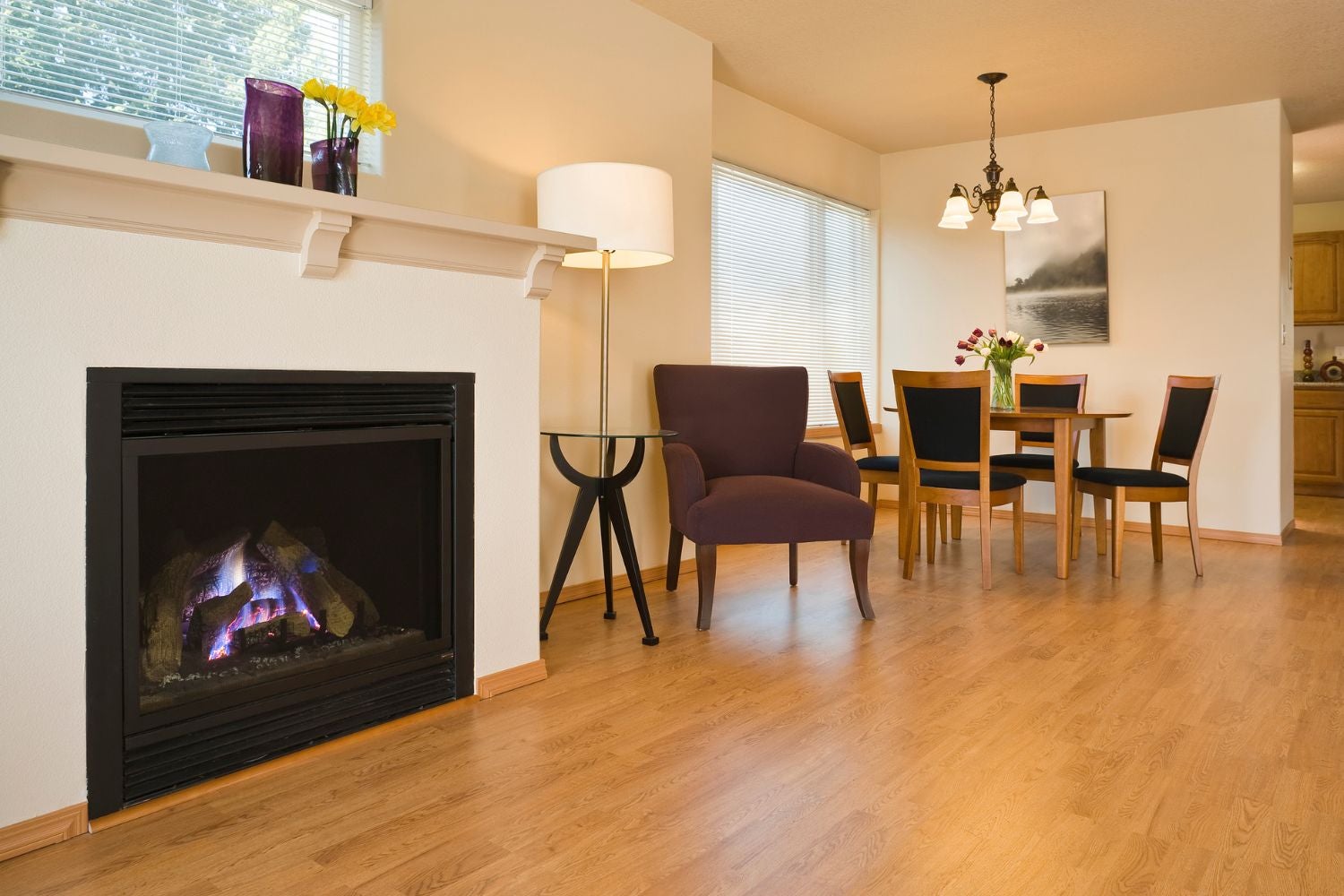

Articles
Why Won’t My Gas Fireplace Light
Modified: December 7, 2023
Discover articles and tips on troubleshooting gas fireplaces that refuse to light. Get expert advice and find solutions to common ignition problems.
(Many of the links in this article redirect to a specific reviewed product. Your purchase of these products through affiliate links helps to generate commission for Storables.com, at no extra cost. Learn more)
Introduction
Gas fireplaces have become a popular choice for homeowners looking to add warmth and coziness to their living spaces. These stylish and efficient heating options offer the convenience of a flickering flame without the hassle of traditional wood-burning fireplaces. However, there may come a time when you find yourself puzzling over why your gas fireplace won’t light.
There can be several reasons for this issue, ranging from simple maintenance tasks to more complex repairs. Understanding the potential causes can help you troubleshoot the problem and determine whether you can fix it on your own or if professional assistance is needed.
In this article, we will explore some common reasons why your gas fireplace may not be lighting and provide helpful tips to get it back up and running.
Key Takeaways:
- Gas fireplace lighting issues can stem from pilot light, gas supply, burner, ignition, thermocouple, ventilation, gas valve, and electrical problems. Regular maintenance and professional assistance are crucial for safe and efficient operation.
- Proper cleaning, inspection, and troubleshooting of gas fireplace components, along with adherence to usage guidelines, can prevent common issues and ensure a cozy and reliable heating experience. Professional assistance is recommended for persistent problems.
Read more: Why Is My Gas Fireplace Beeping
Possible Reasons for Gas Fireplace Not Lighting
When your gas fireplace fails to light, it can be frustrating. However, there are several potential reasons behind this issue. Let’s take a look at some of the most common causes:
- Pilot Light Issues: The pilot light is a small flame that ignites the gas burner. If the pilot light is not functioning correctly or has gone out, it can prevent your fireplace from lighting. Common pilot light issues include a clogged or dirty pilot tube, a worn-out thermocouple, or a faulty pilot light assembly.
- Gas Supply Problems: The gas supply to your fireplace may be disrupted due to various reasons. It could be a closed gas valve, an empty propane tank, or a problem with the gas line. If the gas supply is interrupted, the fireplace won’t be able to ignite.
- Dirty or Clogged Burner: Over time, debris, dust, and soot can accumulate on the burner, obstructing the flow of gas and preventing ignition. Regular cleaning and maintenance are essential to keep the burner in optimal condition.
- Faulty Ignition Switch or Spark Generator: The ignition switch or the spark generator is responsible for creating a spark to ignite the gas. If these components are faulty or damaged, they may not produce the necessary spark to light the fireplace.
- Thermocouple Malfunction: The thermocouple is a safety device that detects the presence of a flame. If it senses no flame, it will shut off the gas supply to prevent a potential gas leak. A malfunctioning thermocouple can mistakenly conclude that there is no flame, thus preventing the gas fireplace from lighting.
- Ventilation Blockage: A clogged flue or vent can obstruct the airflow, leading to improper gas combustion and preventing the fireplace from lighting. It is crucial to ensure that your fireplace ventilation is clear of any debris or obstructions.
- Faulty Gas Valve: The gas valve controls the flow of gas to the burner. If the gas valve is faulty or damaged, it may not allow gas to reach the burner, preventing the fireplace from lighting.
- Electrical Issues: Gas fireplaces often have electrical components that facilitate ignition and other functions. If there are any electrical problems, such as a blown fuse or a damaged wiring connection, the fireplace may not light up.
These are just a few of the potential reasons why your gas fireplace may not be lighting. Understanding these possibilities can help you narrow down the root cause and determine the necessary steps to resolve the issue.
Pilot Light Issues
The pilot light is a crucial component of a gas fireplace. It is a small, continuously burning flame that ignites the main burner when you turn on the fireplace. If you encounter problems with your gas fireplace not lighting, pilot light issues can often be the culprit. Here are some common pilot light problems and potential solutions:
- Clogged or Dirty Pilot Tube: Over time, the pilot tube can become clogged with debris, preventing the flow of gas to the pilot light. Cleaning the pilot tube with a soft brush or compressed air can often resolve this issue. Be sure to consult your fireplace’s manual for specific cleaning instructions.
- Worn-out Thermocouple: The thermocouple is a safety device that detects whether the pilot light is lit. It generates an electrical current when heated by the pilot flame, keeping the gas valve open. If the thermocouple is worn out or faulty, it may not generate sufficient electrical current, causing the gas valve to close and preventing the pilot light from staying lit. Replacing the thermocouple is usually necessary in this situation. Consult a professional if you are unsure how to replace it.
- Faulty Pilot Light Assembly: If your pilot light assembly is damaged or malfunctioning, it may not produce a consistent flame. In this case, replacing the assembly may be required. It is important to consult a qualified technician to ensure proper installation and safety compliance.
Regular maintenance and inspection can help prevent pilot light issues. It is recommended to inspect and clean the pilot light and associated components at least once a year. This can help ensure that the flame is strong and consistent, allowing for easy ignition of the gas fireplace. If you are unsure about performing maintenance tasks, it is always best to seek professional assistance to avoid any potential risks.
Fixing pilot light issues can often resolve the problem of a gas fireplace not lighting. However, if the issue persists or you are unsure about performing repairs yourself, it is always recommended to consult a qualified technician or fireplace professional. They have the expertise and knowledge to diagnose and fix more complex issues and ensure the safe operation of your gas fireplace.
Gas Supply Problems
One of the common reasons why a gas fireplace fails to light is due to issues with the gas supply. Without a sufficient supply of gas, the fireplace burner will not ignite. Here are some gas supply problems to consider:
- Closed Gas Valve: It may seem obvious, but sometimes the solution is as simple as checking if the gas valve is open. If the gas valve is closed, turn it on and try lighting the fireplace again. However, if you smell gas or suspect a gas leak, do not attempt to light the fireplace and contact a professional immediately.
- Empty Propane Tank: If your gas fireplace is connected to a propane tank, check if the tank is empty. A depleted tank will prevent the flow of gas to the fireplace. Replace or refill the tank as needed.
- Gas Line Issues: Problems with the gas line can also disrupt the flow of gas to the fireplace. A damaged or corroded gas line can cause leaks or blockages, preventing the fireplace from lighting. In these cases, it is essential to contact a professional to inspect and repair the gas line.
If you have ruled out these common gas supply problems and your gas fireplace still won’t light, it may be necessary to contact a qualified technician or gas fireplace professional. They will have the tools and expertise to diagnose and resolve any complex gas supply issues.
Remember, when it comes to working with gas, safety should always be the top priority. If you suspect a gas leak or are unsure about performing any repairs yourself, it is crucial to seek professional assistance to avoid any potential risks or hazards.
Dirty or Clogged Burner
If your gas fireplace is not lighting, another common culprit is a dirty or clogged burner. Over time, debris, dust, and soot can accumulate on the burner, obstructing the flow of gas and preventing proper ignition. Here are some steps to clean a dirty or clogged burner:
- Turn off the Gas: Before you start cleaning the burner, make sure to turn off the gas supply to the fireplace. This ensures your safety during the cleaning process.
- Inspect the Burner: Remove any logs, rocks, or decorative elements from the fireplace to expose the burner. Take a close look at the burner and check for any visible debris, soot, or blockages.
- Clean the Burner: Gently brush away the loose debris and soot using a soft brush or vacuum cleaner with a brush attachment. Avoid using harsh chemicals or abrasive materials as they can damage the burner. For stubborn stains or buildup, use a mixture of mild soap and warm water to gently scrub the burner. Rinse off the soap and wipe the burner dry.
- Clear Ventilation Openings: While cleaning the burner, also check the ventilation openings to ensure they are clear of any debris or obstructions. Adequate airflow is crucial for proper combustion and ignition.
- Reassemble and Test: After cleaning the burner and ensuring the ventilation openings are clear, carefully reassemble any removed components. Turn on the gas supply and attempt to light the fireplace.
If cleaning the burner does not resolve the issue and your gas fireplace still won’t light, it may be necessary to seek professional assistance. A qualified technician or fireplace professional will have the expertise to diagnose and address more complex burner-related problems.
Regular maintenance, including periodic cleaning of the burner, is essential to keep your gas fireplace operating smoothly. Consult your fireplace’s manual for specific cleaning instructions and recommended maintenance intervals. By taking proper care of your fireplace, you can ensure its longevity and reliable performance.
Read more: Why Is My Gas Fireplace Not Working
Faulty Ignition Switch or Spark Generator
If your gas fireplace is not lighting, a faulty ignition switch or spark generator may be to blame. These components are responsible for creating the spark that ignites the gas and initiates the fire. Here’s what you can do if you suspect an issue with the ignition switch or spark generator:
- Inspect the Ignition Switch: Start by checking the ignition switch for any visible damage or loose connections. Ensure that the switch is in the “on” position and securely connected to the fireplace’s electrical system. If there is any damage or if the switch is not functioning correctly, it may need to be replaced.
- Test the Spark Generator: The spark generator produces the electric spark necessary to light the gas. Test the spark generator by turning on the fireplace and looking for a spark near the burner. If you do not see a spark, the spark generator may be faulty and needs to be replaced. Consult your fireplace’s manual or contact the manufacturer for specific instructions on replacing the spark generator.
- Check the Wiring: Inspect the wiring connections between the ignition switch, spark generator, and other ignition system components. Loose or damaged wiring can prevent the spark from reaching the gas, resulting in the fireplace not lighting. If you notice any issues with the wiring, it is best to call a professional electrician or fireplace technician to handle the repairs.
It is important to remember that working with electrical components can be dangerous if you are not experienced or knowledgeable. If you are unsure about troubleshooting or repairing the ignition switch or spark generator, it is best to seek professional assistance. They can safely diagnose and resolve the issue, ensuring the proper functioning of your gas fireplace.
Regular maintenance and inspection of the ignition system are also crucial to prevent issues with the ignition switch or spark generator. Cleaning the components and ensuring proper connections can help maintain their effectiveness and reliability. However, if you notice persistent problems with the ignition system, it may be necessary to consult a professional for a thorough inspection and potential replacement of faulty parts.
Check the pilot light to make sure it is lit. If it’s out, follow the manufacturer’s instructions to relight it. Also, ensure the gas supply valve is open and the gas line is not blocked. If the issue persists, contact a professional for further inspection.
Thermocouple Malfunction
A malfunctioning thermocouple is another possible reason why your gas fireplace may not be lighting. The thermocouple is a safety device that detects whether the pilot light is lit. It generates an electrical current when heated by the pilot flame, keeping the gas valve open. If the thermocouple is worn out or faulty, it may not generate sufficient electrical current, causing the gas valve to close and preventing the pilot light from staying lit. Here’s what you can do to address a thermocouple malfunction:
- Inspect the Thermocouple: Locate the thermocouple near the pilot light assembly. Check for any visible signs of damage, such as corrosion or bending. In some cases, simply adjusting the position of the thermocouple may resolve the issue.
- Clean the Thermocouple: Over time, the thermocouple can become covered in soot or debris, affecting its performance. Use a soft cloth or fine-grit sandpaper to gently clean the surface of the thermocouple, removing any buildup. Avoid using abrasive materials that can damage the thermocouple.
- Check the Connection: Ensure that the thermocouple is securely connected to the control valve and the pilot assembly. If the connection is loose, tighten it carefully. Loose connections can disrupt the electrical current and cause the gas valve to close prematurely.
- Replacing the Thermocouple: If cleaning and adjusting the thermocouple do not resolve the issue, it may be necessary to replace it. Consult your fireplace’s manual for the correct type and model of thermocouple to use, or consider contacting a professional for assistance with the replacement.
It’s essential to handle the thermocouple with care and follow the manufacturer’s instructions for cleaning and replacement. If you are unsure about performing these tasks or if the issue persists, it is recommended to seek professional assistance. Qualified technicians or fireplace professionals have the expertise to diagnose and resolve thermocouple malfunctions in a safe and efficient manner.
Additionally, regular maintenance of the thermocouple is essential to ensure its proper functioning. Regular cleaning and inspection can prevent buildup and prolong the lifespan of the thermocouple. Include thermocouple maintenance as part of your routine fireplace care to avoid potential issues in the future.
Ventilation Blockage
A ventilation blockage can prevent your gas fireplace from lighting correctly. Proper airflow is crucial for the combustion process and the efficient operation of your fireplace. Here are some possible causes and solutions for a ventilation blockage:
- Clogged Flue or Chimney: Over time, the flue or chimney can become blocked by debris, such as bird nests, leaves, or creosote buildup from previous fires. A blocked flue prevents the proper escape of exhaust gases, which can hinder the ignition process. It is important to have your flue or chimney inspected and cleaned regularly by a professional chimney sweep to prevent blockages.
- Obstructed Ventilation Openings: Check for any obstructions near the ventilation openings of your fireplace. Items such as furniture, curtains, or decorations placed too close to the fireplace can impede proper airflow. Clear any obstacles and ensure the ventilation openings are free from debris.
- Improper Ventilation Design: In some cases, the ventilation system may not be designed adequately for your specific fireplace. This can result in inefficient airflow and ventilation blockages. Consulting a professional technician or fireplace specialist can help determine if any ventilation system modifications or improvements are necessary.
Regular maintenance can help prevent ventilation blockages. Ensure that the ventilation system is inspected and cleaned on a regular basis. This includes cleaning or replacing air filters, clearing any debris near ventilation openings, and scheduling professional chimney cleanings.
If you suspect a ventilation blockage but are unsure how to address the issue, it is always best to consult a professional. They have the expertise and tools to safely diagnose and resolve ventilation problems, ensuring the safe operation and efficiency of your gas fireplace.
Remember, proper ventilation is crucial for the correct operation of your gas fireplace and the safety of your home. It is important not to ignore any signs of ventilation blockage and to address them promptly to avoid potential risks or hazards.
Faulty Gas Valve
If your gas fireplace is not lighting, a faulty or malfunctioning gas valve could be the cause. The gas valve controls the flow of gas to the burner, and if it is not functioning properly, it can prevent the fireplace from igniting. Here’s what you can do to address a faulty gas valve:
- Check for Gas Leaks: Before inspecting the gas valve, it’s important to ensure there are no gas leaks. If you smell gas or suspect a leak, immediately turn off the gas supply and contact a professional for assistance. Gas leaks can be hazardous and should always be handled by trained professionals.
- Inspect the Gas Valve: Take a close look at the gas valve and check for any visible signs of damage, such as corrosion or wear. Look for loose connections or leaks around the valve. If you notice any issues, it may indicate a faulty gas valve that needs to be replaced.
- Professional Assistance: Replacing a gas valve can be complex and should be done by a qualified technician or fireplace professional. They have the expertise to safely disconnect and replace the faulty valve, ensuring proper installation and compliance with safety regulations.
Attempting to repair or replace a gas valve without proper knowledge or experience can be dangerous and is not recommended. It’s always best to consult a professional to handle gas valve-related issues.
Regular maintenance and inspection of the gas valve can help prevent problems. However, if you suspect a faulty gas valve as the cause of your gas fireplace not lighting, it is crucial to seek professional assistance for a thorough evaluation and replacement, if necessary.
Remember, your safety is paramount, and dealing with gas-related components requires expertise and caution. Don’t hesitate to seek professional help to ensure the proper functioning and safe operation of your gas fireplace.
Read more: Why Does My Gas Fireplace Smell Like Gas
Electrical Issues
Electrical issues can also contribute to a gas fireplace not lighting properly. Many gas fireplaces utilize electrical components to control ignition, flame modulation, and other features. If these components experience problems, it can affect the entire operation of the fireplace. Here are some common electrical issues and possible solutions:
- Blown Fuse: Check the circuit breaker or fuse box to see if the circuit that powers your gas fireplace has tripped or blown a fuse. If so, replace the fuse or reset the circuit breaker and try lighting the fireplace again. If the fuse continues to blow or the circuit breaker keeps tripping, there may be a deeper electrical issue that requires professional attention.
- Damaged Wiring Connection: Inspect the wiring connections between the fireplace’s electrical components, such as the ignition switch, spark generator, or control module. Loose or damaged wiring can prevent proper electrical flow, causing the fireplace not to light. If you notice any loose or frayed wires, it is best to call a professional electrician or fireplace technician to handle the repairs.
- Faulty Control Module: The control module is responsible for controlling various functions of the gas fireplace, including ignition and flame control. If the control module is malfunctioning, it may not send the necessary electric signals to initiate ignition. In this case, professional assistance may be required to diagnose and replace the faulty control module.
- Malfunctioning Thermostat: Some gas fireplaces are equipped with a thermostat that regulates the temperature. If the thermostat is not functioning correctly, it may not send the signal to ignite the gas burner. Check the settings and settings of the thermostat, and if necessary, consult the manufacturer’s instructions or contact a professional for assistance.
Dealing with electrical components can be dangerous if you are not experienced. If you are unsure about troubleshooting or repairing electrical issues with your gas fireplace, it is best to seek professional assistance. Qualified technicians or electricians have the expertise to diagnose and resolve electrical problems safely.
Regular maintenance and inspection of the electrical components of your gas fireplace can help prevent issues. It is also important to follow the manufacturer’s guidelines for maintenance and usage to ensure the proper functioning and longevity of the electrical components.
By addressing any electrical issues promptly and seeking professional assistance when needed, you can ensure a safe and reliable operation of your gas fireplace.
Maintenance and Troubleshooting Tips
To keep your gas fireplace running smoothly and prevent common issues, regular maintenance and troubleshooting are key. Here are some maintenance and troubleshooting tips that can help you resolve minor issues and keep your gas fireplace in optimal condition:
- Regular Cleaning: Clean the fireplace regularly to remove dust, debris, and soot buildup. Use a soft brush or vacuum with a brush attachment to clean the logs, burner, and surrounding areas. Avoid using abrasive cleaners or materials that can damage the fireplace’s components.
- Inspect and Clean the Pilot Assembly: Check the pilot assembly for any signs of dirt, dust, or blockages. Use a soft brush or compressed air to gently clean the pilot tube and ensure proper gas flow. If necessary, clean the pilot light orifice using a needle to remove any buildup.
- Check Gas Supply: Ensure that the gas supply is turned on and that there are no interruptions, such as closed valves or empty propane tanks. If you suspect a gas leak, turn off the gas immediately and seek professional assistance.
- Inspect and Replace Batteries: If your gas fireplace has a battery-powered ignition system or remote control, check the batteries regularly and replace them when needed. Weak or dead batteries can prevent the fireplace from lighting or operating correctly.
- Check Ventilation: Ensure that the ventilation openings and flue are clear of debris, such as leaves or animal nests. Proper airflow is crucial for combustion and the safe operation of the fireplace. If you notice blockages or obstructions, contact a professional chimney sweep for cleaning and inspection.
- Follow Usage Guidelines: Adhere to the manufacturer’s instructions for usage, including recommended fuel type, log placement, and operation. Improper usage can lead to issues with ignition, flame modulation, or safety hazards.
- Keep Surroundings Clear: Maintain a clear area around the fireplace, free from flammable materials, furniture, or curtains. Combustible items too close to the fireplace can pose a fire risk and obstruct proper ventilation.
If you encounter persistent issues with your gas fireplace, even after troubleshooting and maintenance, it is best to consult a professional technician or fireplace specialist. They can diagnose the problem, assess any necessary repairs or replacement parts, and ensure the safe and efficient operation of your fireplace.
By following these maintenance and troubleshooting tips, you can enhance the performance and lifespan of your gas fireplace while enjoying the warmth and comfort it provides.
Conclusion
A gas fireplace adds warmth and ambiance to your home, but it can be frustrating when it fails to light. Understanding the possible reasons behind a gas fireplace not lighting can help you troubleshoot and resolve the issue effectively.
In this article, we explored some common culprits that can prevent your gas fireplace from lighting, including pilot light issues, gas supply problems, dirty or clogged burners, faulty ignition switches or spark generators, thermocouple malfunctions, ventilation blockages, faulty gas valves, electrical issues, and maintenance tips.
From checking the pilot light and cleaning the burner to inspecting the gas valve and troubleshooting electrical components, we provided insights and solutions for each potential problem. It is important to remember that while some issues can be addressed with simple maintenance tasks, others may require professional assistance to ensure proper diagnosis and repair.
Regular maintenance, cleaning, and inspection of your gas fireplace can prevent many of these issues from occurring. Following manufacturer guidelines and seeking professional assistance when needed will help keep your fireplace in optimal condition and ensure its safe operation.
Should you encounter persistent problems with your gas fireplace not lighting, it is always best to consult a qualified technician or fireplace specialist. They have the expertise and knowledge to diagnose complex issues, perform necessary repairs, and ensure your fireplace is functioning efficiently and safely.
By taking proper care of your gas fireplace and addressing any issues promptly, you can continue to enjoy the comfort and beauty it brings to your home for years to come.
Frequently Asked Questions about Why Won't My Gas Fireplace Light
Was this page helpful?
At Storables.com, we guarantee accurate and reliable information. Our content, validated by Expert Board Contributors, is crafted following stringent Editorial Policies. We're committed to providing you with well-researched, expert-backed insights for all your informational needs.
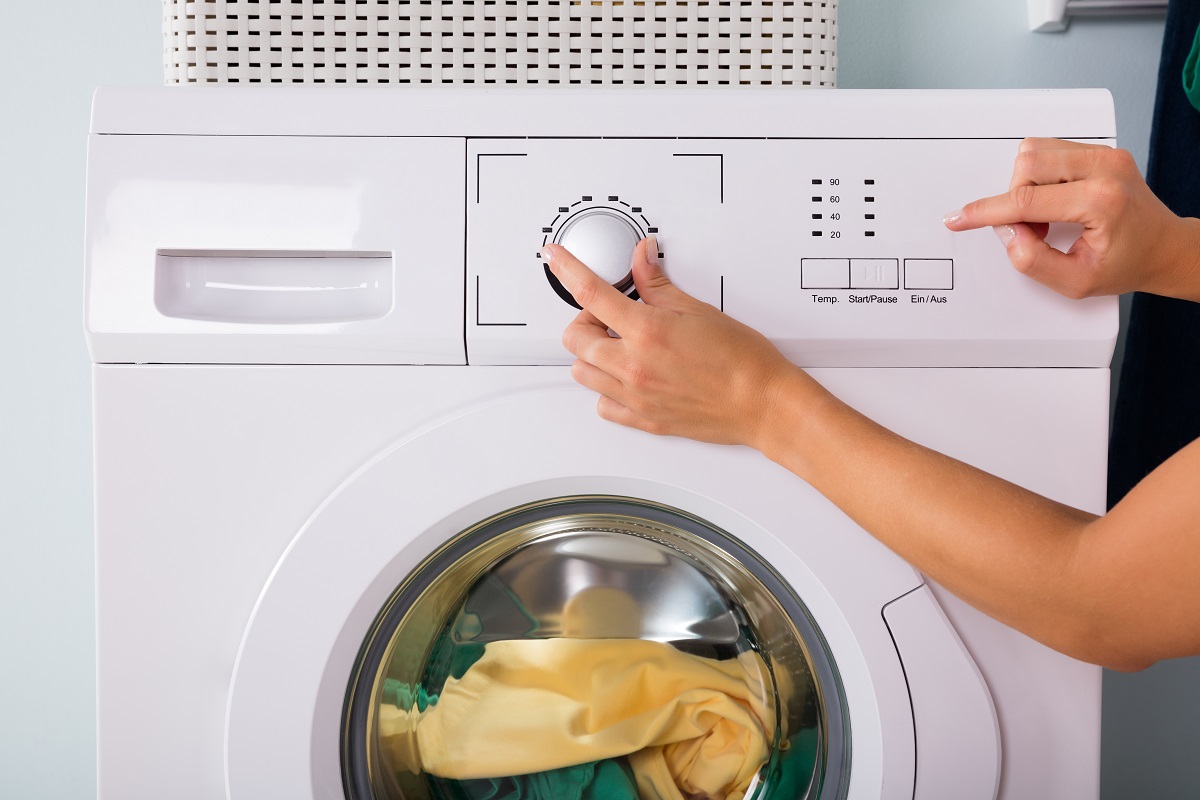
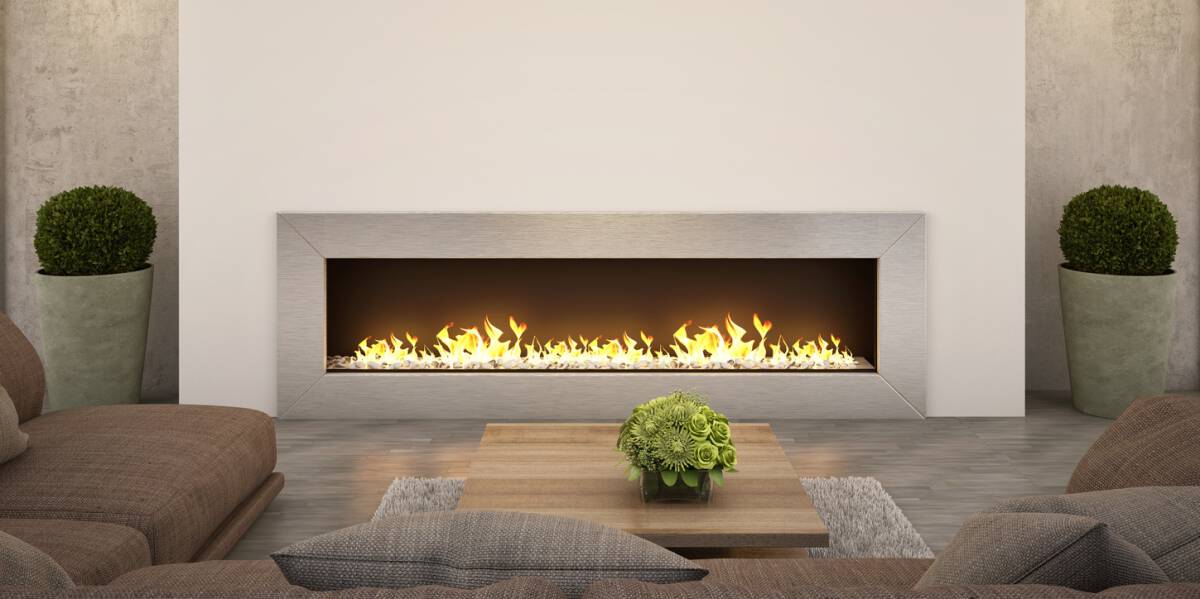
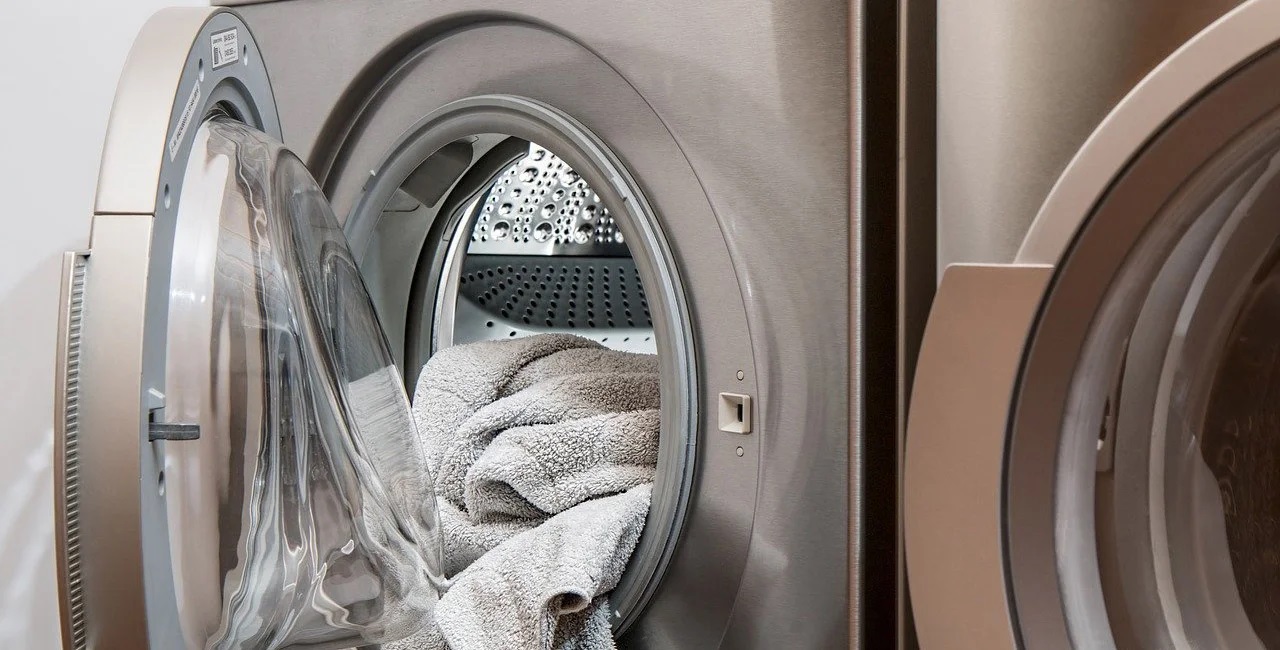
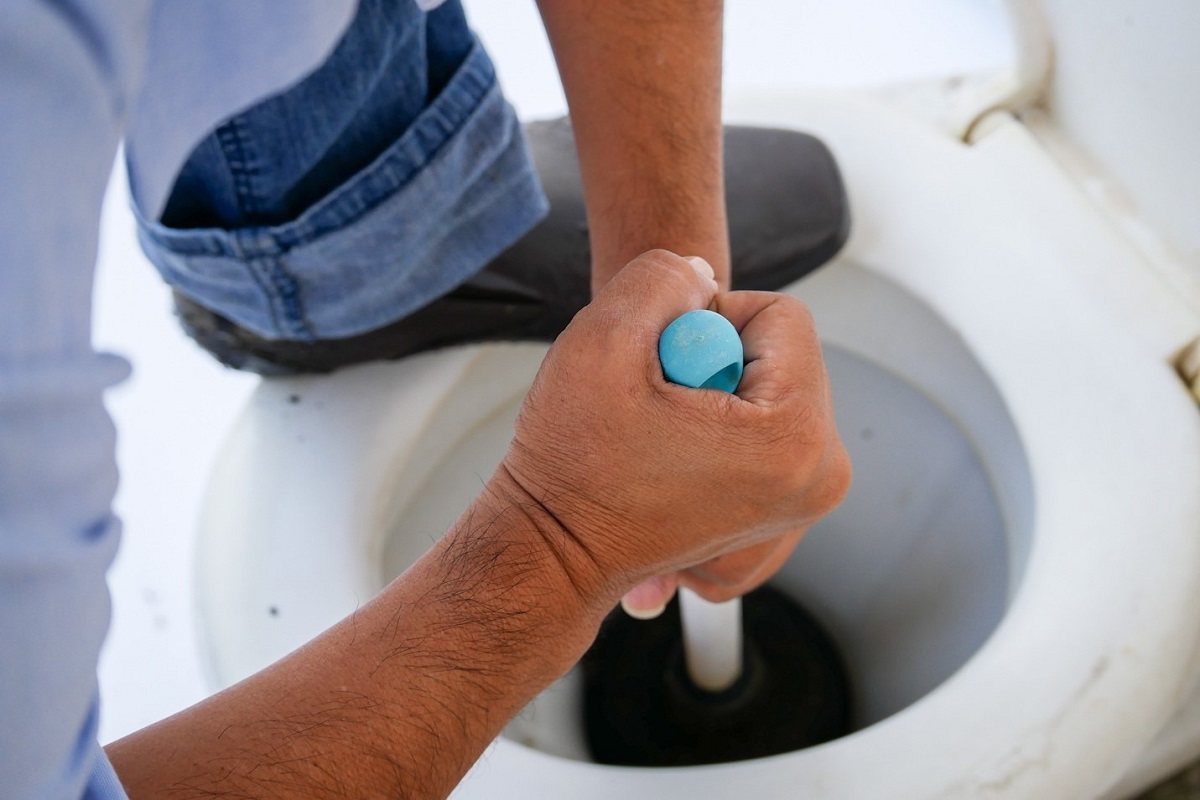
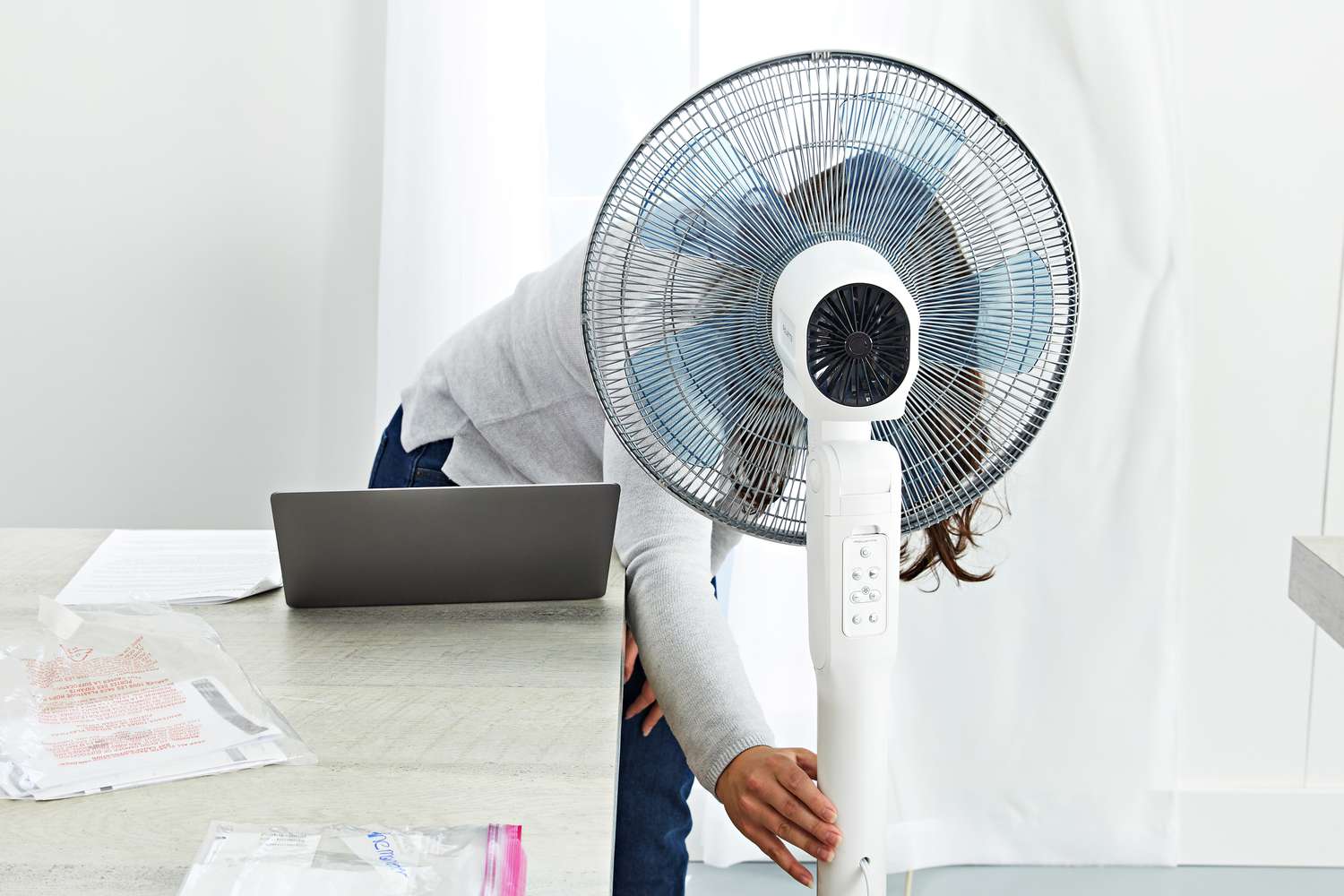
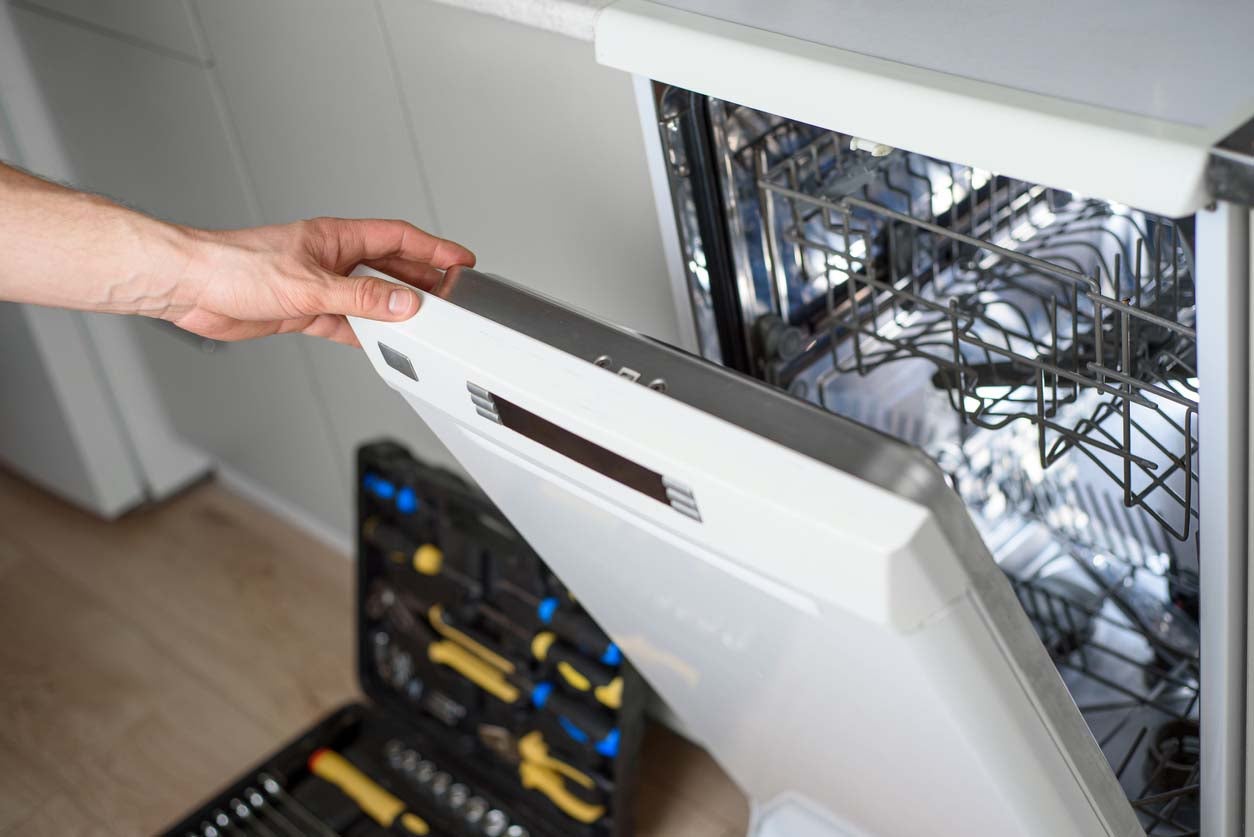
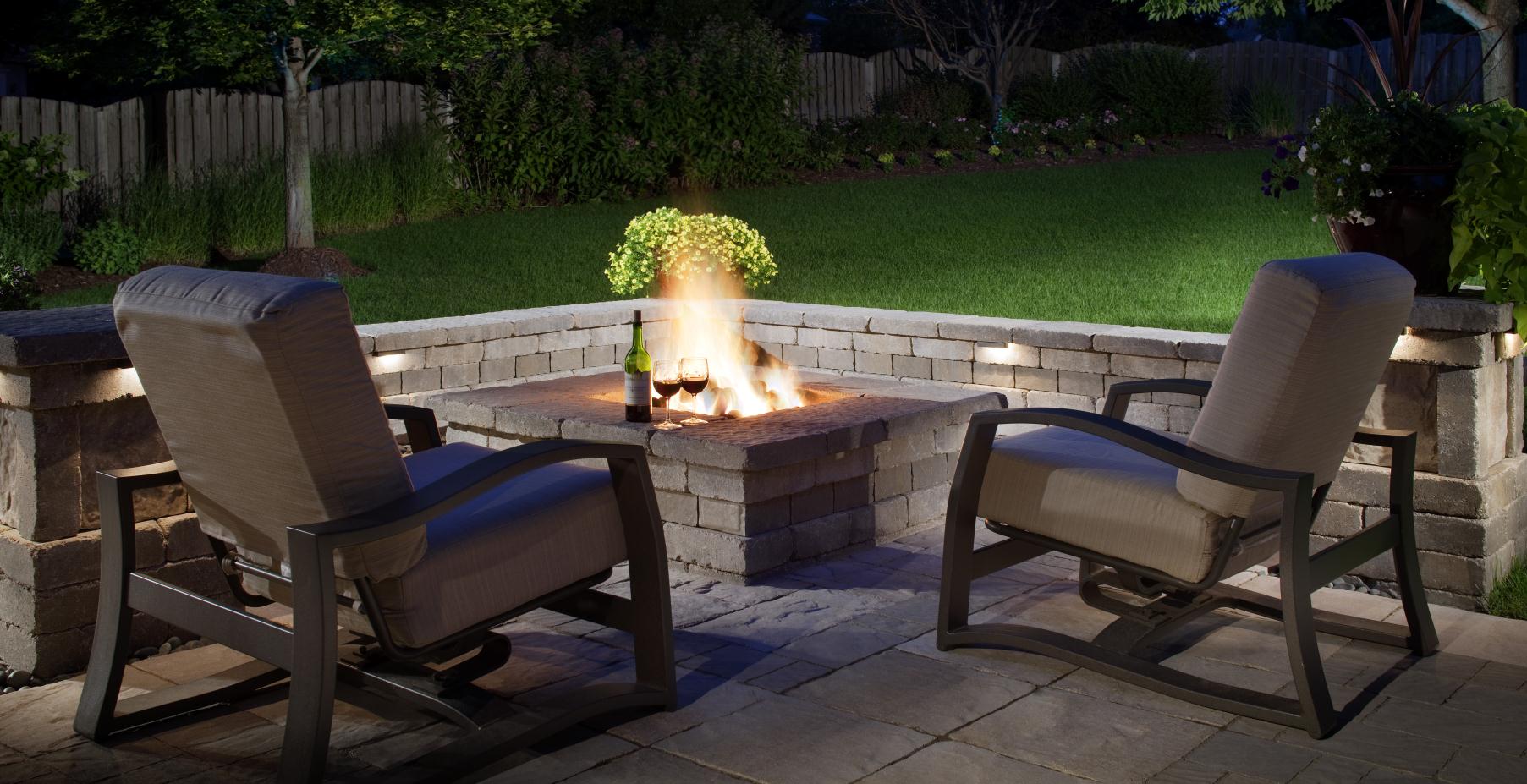
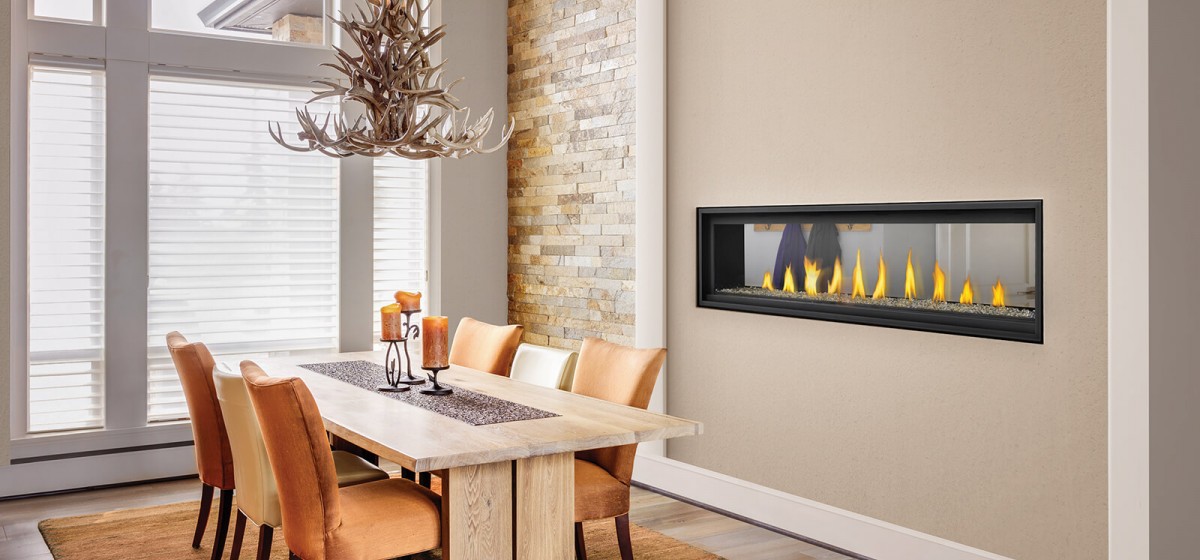
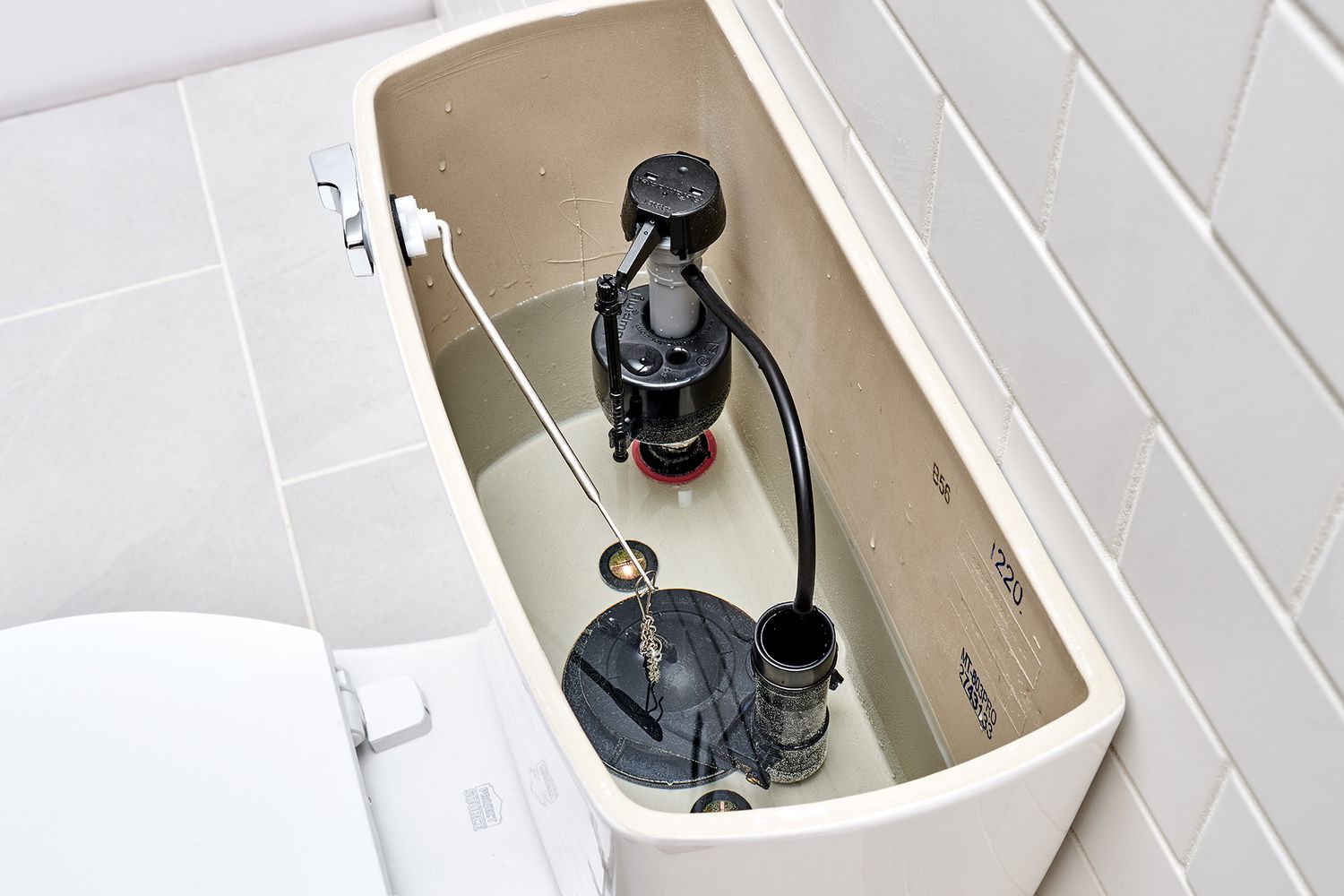
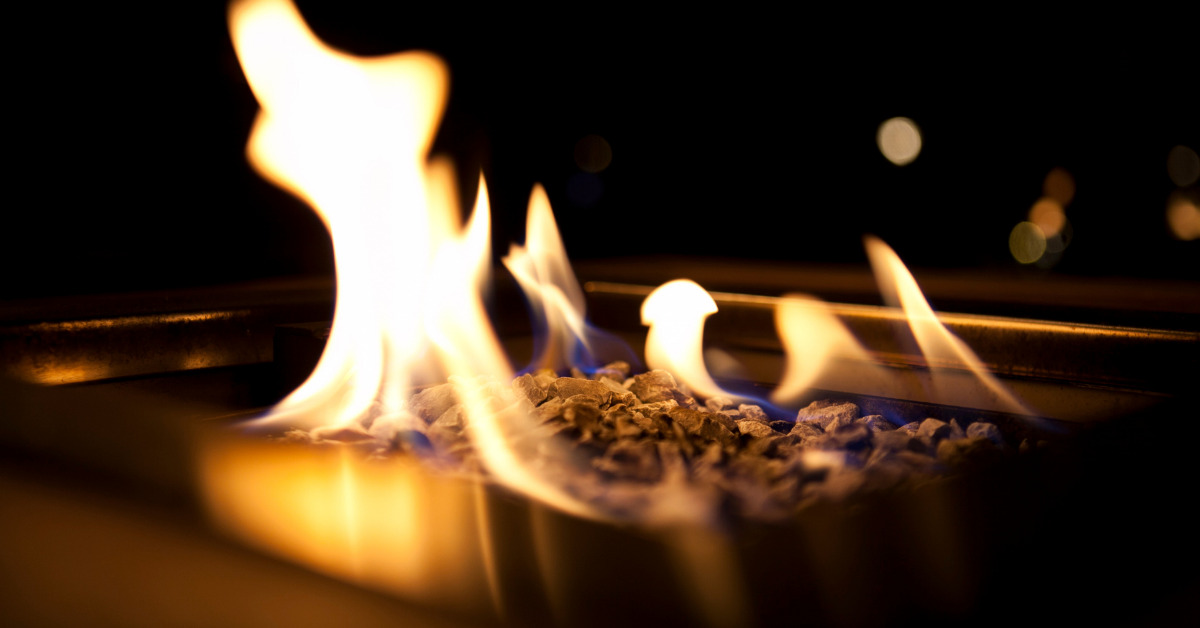
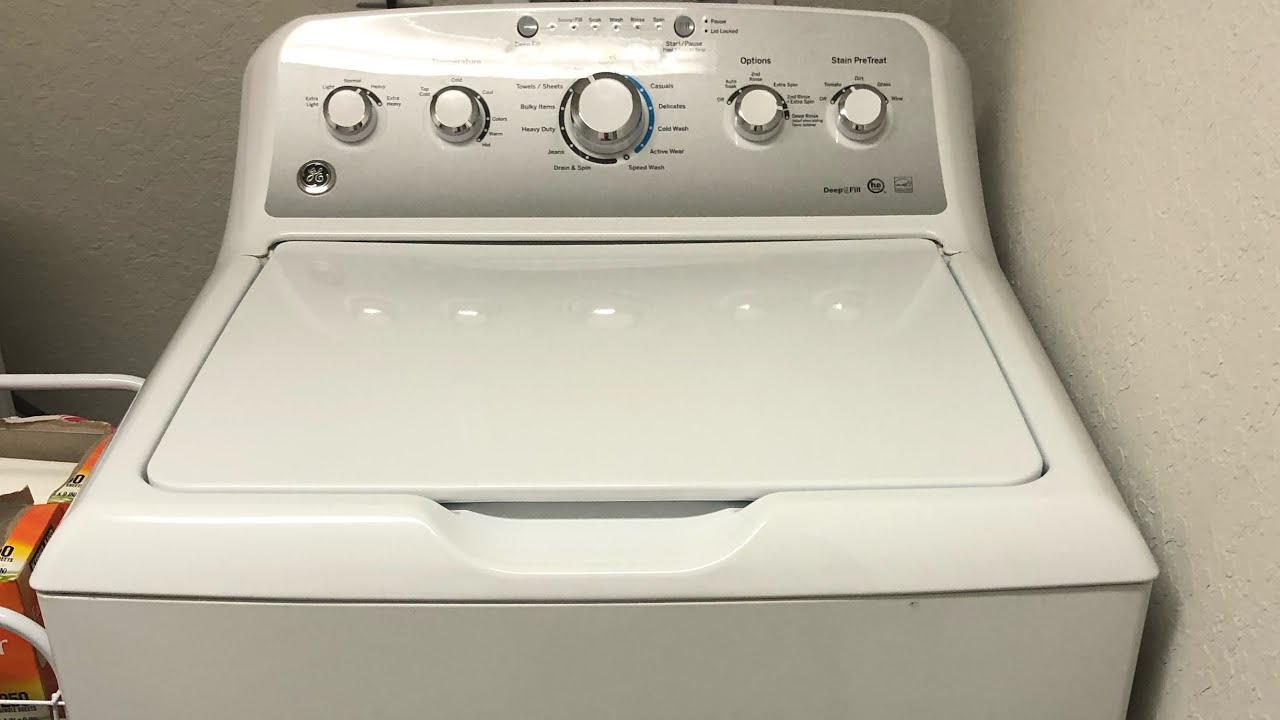
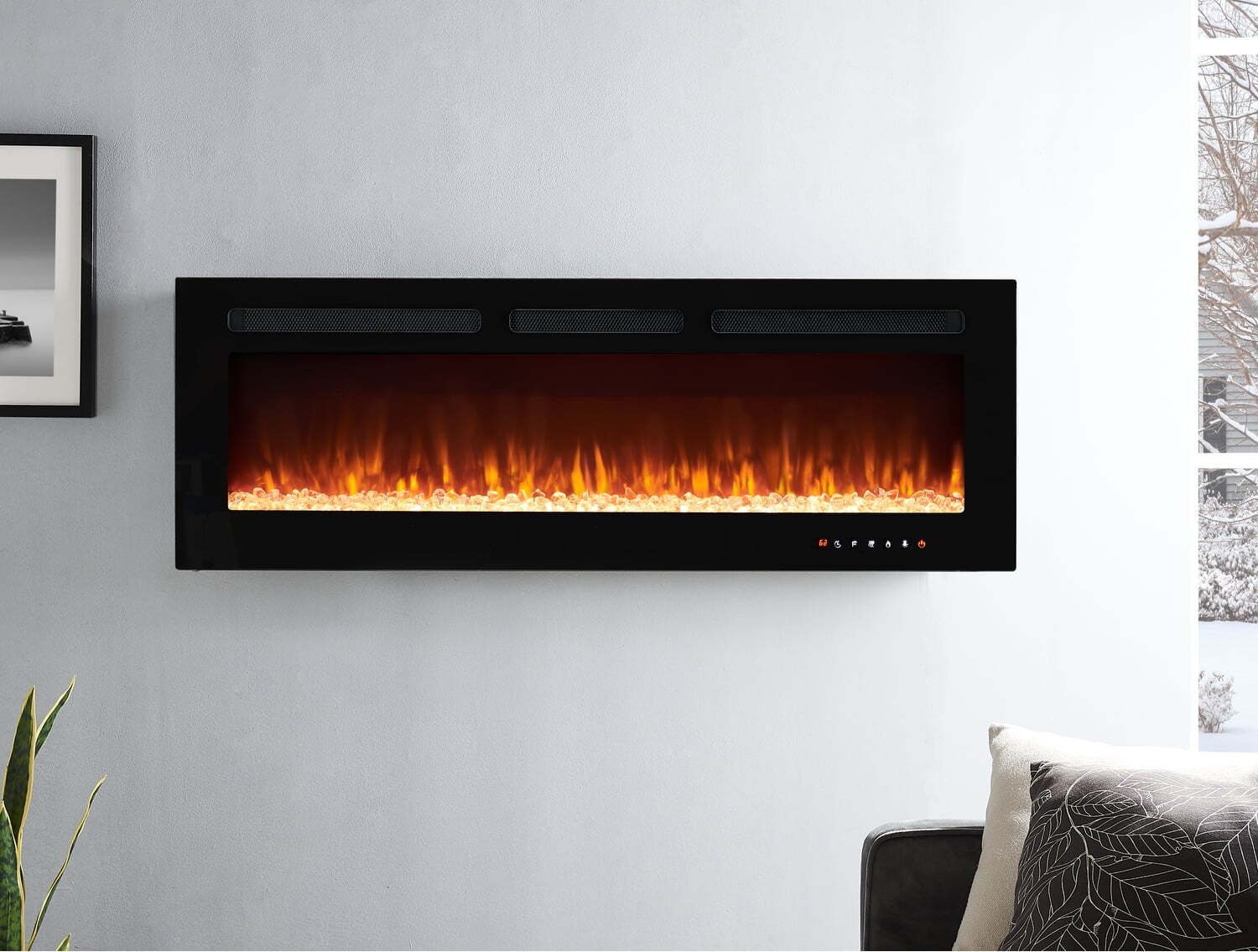
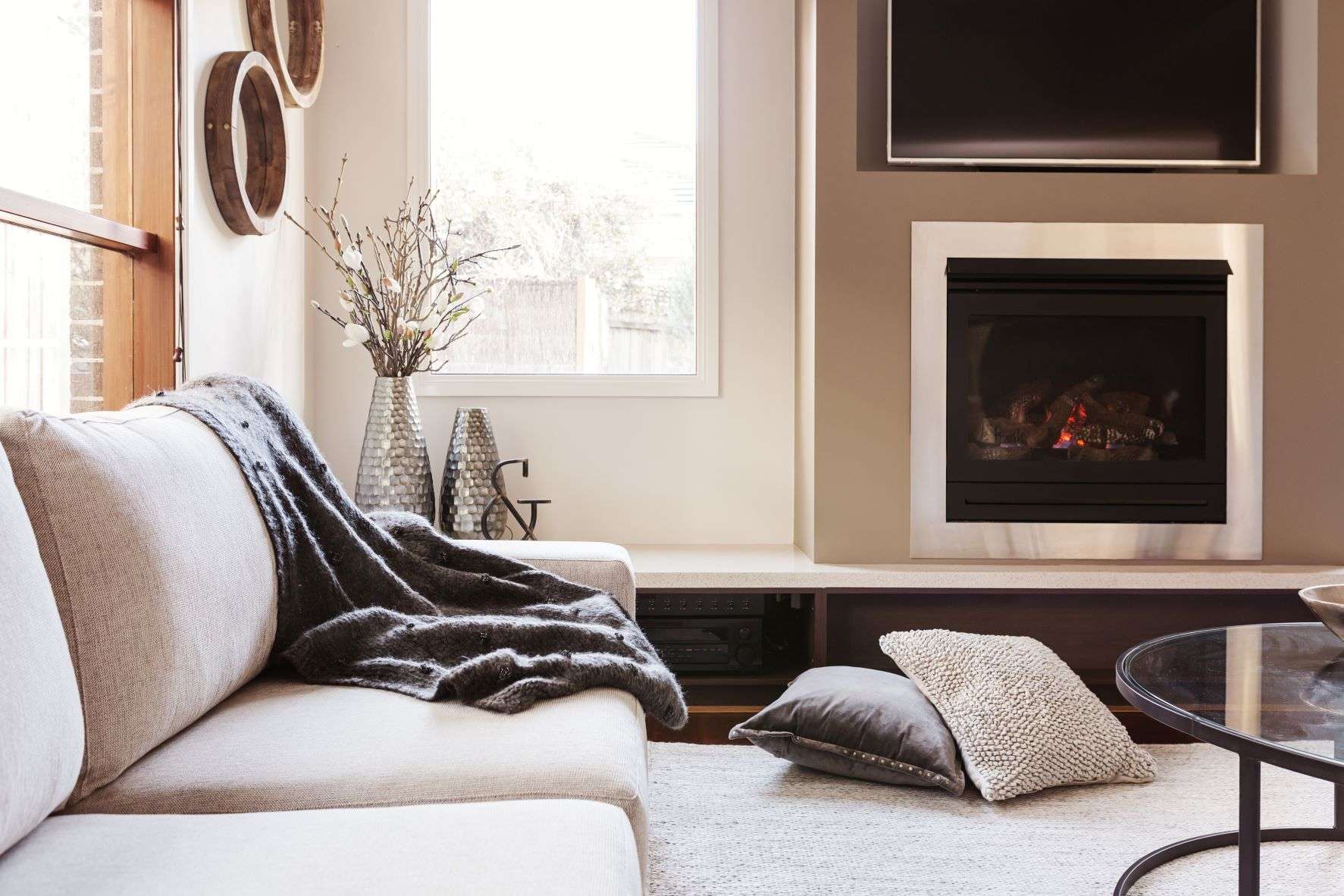

0 thoughts on “Why Won’t My Gas Fireplace Light”